TLDR
Times are tough for local Ohio restaurant owners. With food costs up 25% and labor over 20% higher in the past few years, your profit margins are razor thin. How can you combat these increasing expenses and continue operating successfully? Though the challenges are real, there are solutions. Adopting the right technology, like a mobile ordering system integrated with the right point of sale, can optimize labor costs and ordering. Combined with a lean menu that maximizes your best-margin items, you can reduce waste. While the market is tough, by making smart moves, your restaurant can thrive. This article provides actionable tips to help you master rising costs and keep serving hungry customers.
The Current Status of Ohio's Restaurant Industry
While several restaurants in Northeast Ohio have recently closed their doors, the overall industry in the state is growing. According to John Barker, president and CEO of the Ohio Restaurant & Hospitality Alliance, "The net number of openings is still higher than the closures." The restaurant industry is projected to exceed $1 trillion in sales nationwide by 2024.
Rising Costs Impacting Profits
However, Barker notes that restaurants are facing significantly higher costs for food and labor over the past couple of years, cutting into already slim profit margins. On average, the cost of goods like proteins and vegetables has increased 25% since 2018. At the same time, labor costs have jumped 22% - the highest spike the industry has seen in modern history. For most restaurants, profits are a mere 5% of revenue. These increasing costs quickly turn that small profit into a loss.
Adopting Technology to Combat Costs
To survive, many Ohio restaurants are turning to technology to do more with less. Offering online ordering, curbside pickup, and delivery has allowed restaurants to reach more customers without adding additional staff. White-label mobile apps can further streamline operations and reduce labor needs. For small restaurants struggling with tight budgets and staffing shortages, technology may offer a lifeline.
While rising costs continue to pose significant challenges, Ohio's restaurant industry overall shows signs of resilience and innovation. By leveraging technology and off-premises dining options, restaurants across the state are finding ways to thrive despite a turbulent time. With smart strategies to maximize efficiency and boost sales,
Key Factors Behind Recent Restaurant Closures in Ohio
If you're an Ohio restaurant owner, you've likely felt the squeeze from rising costs and declining traffic. Over 3,100 restaurants in the state have closed in the past few years, and there are a few major reasons why.
First, food supplies like meat, dairy, and produce have skyrocketed nearly 25% since 2019. When your main expenses are spiking, it cuts into your already slim profit margins. Labor costs are also the highest they've ever been, up 22% on average. Trying to balance these increasing costs with slower sales has proven unsustainable for many.
On top of this, many restaurants were unprepared for a massive shift to off-premises dining. While takeout and delivery have been lifelines during COVID-19, restaurants have struggled to adapt old models to new channels. Hiring more staff to handle off-premises orders and paying hefty commissions to third-party delivery services have added costs that are difficult to offset.
However, it's not all doom and gloom. Tech-savvy restaurants that have adopted solutions to streamline operations and boost off-premises sales have fared better. A white-label mobile ordering app integrated with Square Point of Sale systems requires minimal training, reduces workload, and eliminates third-party fees. For cash-strapped owners, affordable and easy-to-implement tech is key to overcoming recent challenges.
With smart solutions, improving economic conditions, and steadfast customer loyalty, the Ohio restaurant industry can thrive despite recent setbacks. Controlling costs through tech and operational efficiencies, optimizing revenue from all sales channels, and providing great experiences will set you up for success no matter the obstacles. There are always ways to overcome and adapt if you look for them.
How Increasing Labor Costs Impact Restaurant Profitability
Labor costs are fixed expenses that directly impact a restaurant’s bottom line. As labor costs rise, profit margins shrink. This can lead to cash flow problems, inability to reinvest in the business, and issues retaining good employees.
Wages and Employee Costs
On average, labor makes up 30-35% of a restaurant’s total revenue. Even small increases in wages can significantly impact profits. Many states and cities have increased minimum wages in recent years. While helping employees, this reduces how much is left over for the business. Owners have to find ways to offset these costs, often by raising menu prices. However, this risks losing customers if done too frequently or by too much.
Employee benefits and insurance also add to costs. Offering benefits helps attract and keep good staff but reduces profits. Owners have to determine how much they can afford to provide while still making a profit. They may have to make hard choices between benefits and wage increases.
Staffing Levels
Having proper staffing is key to good customer service but too much staff inflates costs. Owners have to schedule carefully, matching staffing to the typical workload and traffic for that day and time. However, unexpected rushes or call-outs can still lead to excess staff or require paying overtime.
Using modern tech and payment systems can help optimize staffing. These systems reduce workload so fewer employees are needed, especially during busy periods. They also provide analytics to help better predict traffic and schedule appropriately.
Controlling labor costs is challenging but necessary for sustainability and growth. Owners must find the right balance, valuing employees while still running an efficient operation. Adopting technology, improving scheduling, and offsetting costs where possible can help combat increasing labor costs and keep restaurants profitable.
Managing Rising Food Costs: Strategies for Restaurant Owners
Conduct Regular Inventory Analysis
Doing weekly inventory checks allows you to stay on top of what’s selling and what’s not. This helps ensure you have enough of your popular, high-profit items in stock and avoid over-ordering ingredients for dishes that aren’t moving. Carefully tracking usage over time can also help uncover waste and opportunities to negotiate better deals with suppliers.
Evaluate Your Menu
Go through your menu item by item and determine which dishes are the most profitable. Consider raising prices on low-profit items or replacing them altogether with new options that cost less to produce. You may also want to promote your most profitable menu items through specials, social media, and staff recommendations. These small changes can have a big impact on your bottom line.
Turn to Square
To manage restaurant inventory across multiple channels, a streamlined approach is crucial. Adopting a centralized POS system that integrates all ordering platforms ensures efficient operations and prevents stockouts. Additionally, maintaining a well-organized stock room with FIFO principles and meticulous labeling optimizes efficiency. By leveraging Square POS integration and effective stock management, restaurants can meet customer demands seamlessly while minimizing waste and maximizing profitability.
Control Labor Costs
Consider cross-training staff so they can fill in where needed. You may also want to evaluate each position to determine if duties can be reallocated or restructured to reduce total labor hours. Investing in a mobile ordering solution like Per Diem can help control labor costs by streamlining the ordering process and eliminating the need to train staff over minimal operations. Customers can place mobile orders directly through the app, which integrates seamlessly with the Square Point of Sale system.
Making incremental changes in how you source ingredients, create your menu, and staff your restaurant can have a significant impact on your bottom line. While rising costs are difficult to avoid completely, with careful management and strategic thinking, you can combat increasing expenses and continue operating a successful restaurant.
Streamline Operations and Control Costs With Mobile Ordering
To keep up with increasing costs as a small restaurant owner in Ohio, adopting technology like mobile ordering can help streamline your operations and better control expenses.
Reduce Labor Needs
With a white-label mobile ordering app, customers can place orders online and you’ll receive them instantly at your POS. This cuts down on the number of phone orders your staff has to handle, reducing workload and labor needs. By offloading some work to technology, you can avoid adding more staff and control labor costs.
Improve Efficiency
Receiving online orders allows your staff to start preparing them right away. This minimizes wait times for customers and ensures quicker delivery and pickup. The efficiency benefits also apply to customers, who can browse your menu, customize their order, and pay ahead of time whenever is convenient for them using their mobile device or computer.
Enhance Customer Experience
An easy-to-use mobile ordering system provides customers with an enhanced experience they’ll appreciate. They can take their time exploring your menu without holding up a line and feel more in control of the ordering process. Studies show that over 60% of customers prefer to order takeout or delivery online. By offering this convenience, you'll stay competitive and build loyalty.
While food and labor costs may be rising, technology can help combat some of the challenges small restaurant owners face. Mobile ordering is an affordable tool that allows you to streamline how your business operates, reduce workload, and improve the overall customer experience.
Final Thoughts
With food and labor expenses climbing higher than ever, it's getting tougher for restaurants to turn a profit these days. But don't give up hope. There are ways you can combat those increasing costs. Focus on streamlining operations through technology. When evaluating new tech, prioritize solutions that require little to no training, so you don't waste time and money getting staff up to speed. With some smart strategies, you can do your best to keep your restaurant's doors open despite the challenges. Don't let rising costs close you down. Use technology to take control of expenses and keep serving hungry customers.


.webp)


.webp)
.png)
.webp)

.avif)
.webp)
.webp)
.webp)

.webp)










.png)
.png)







.svg)





.svg)
.svg)
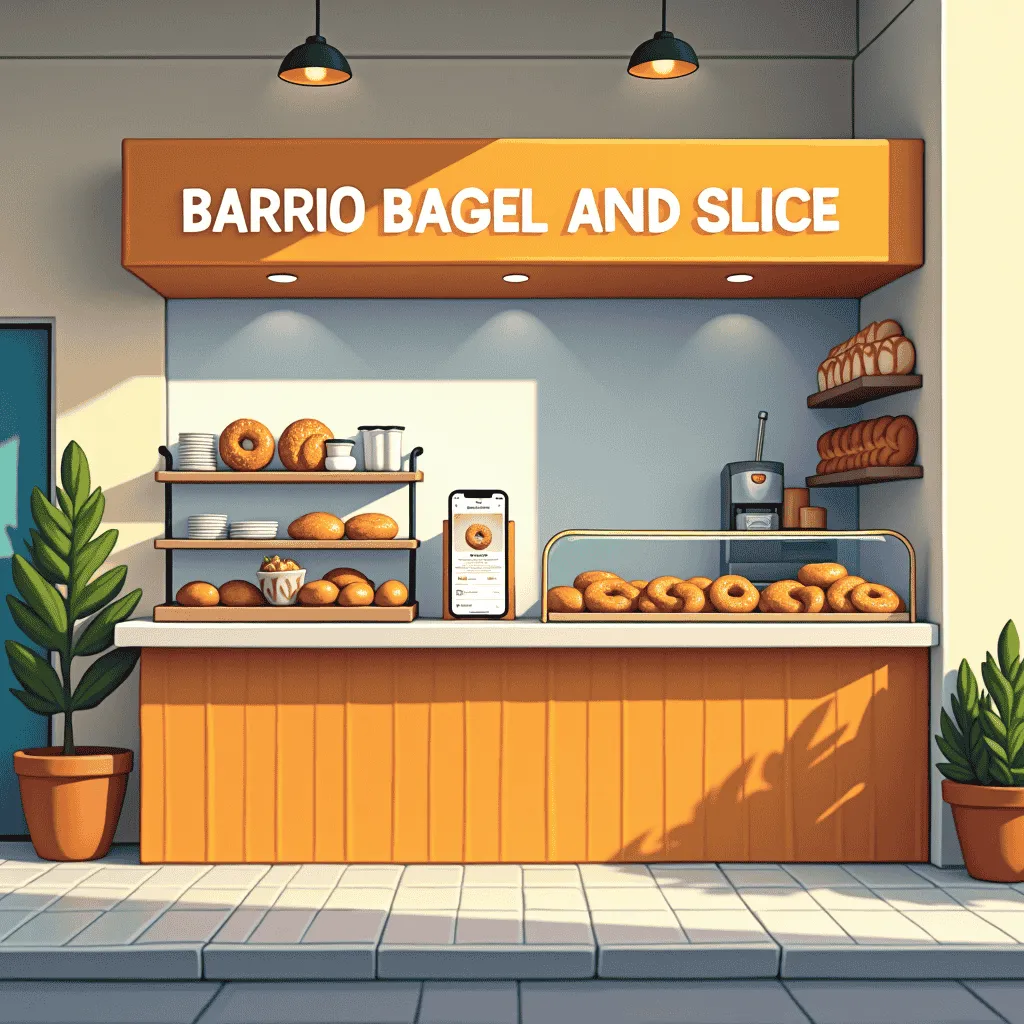


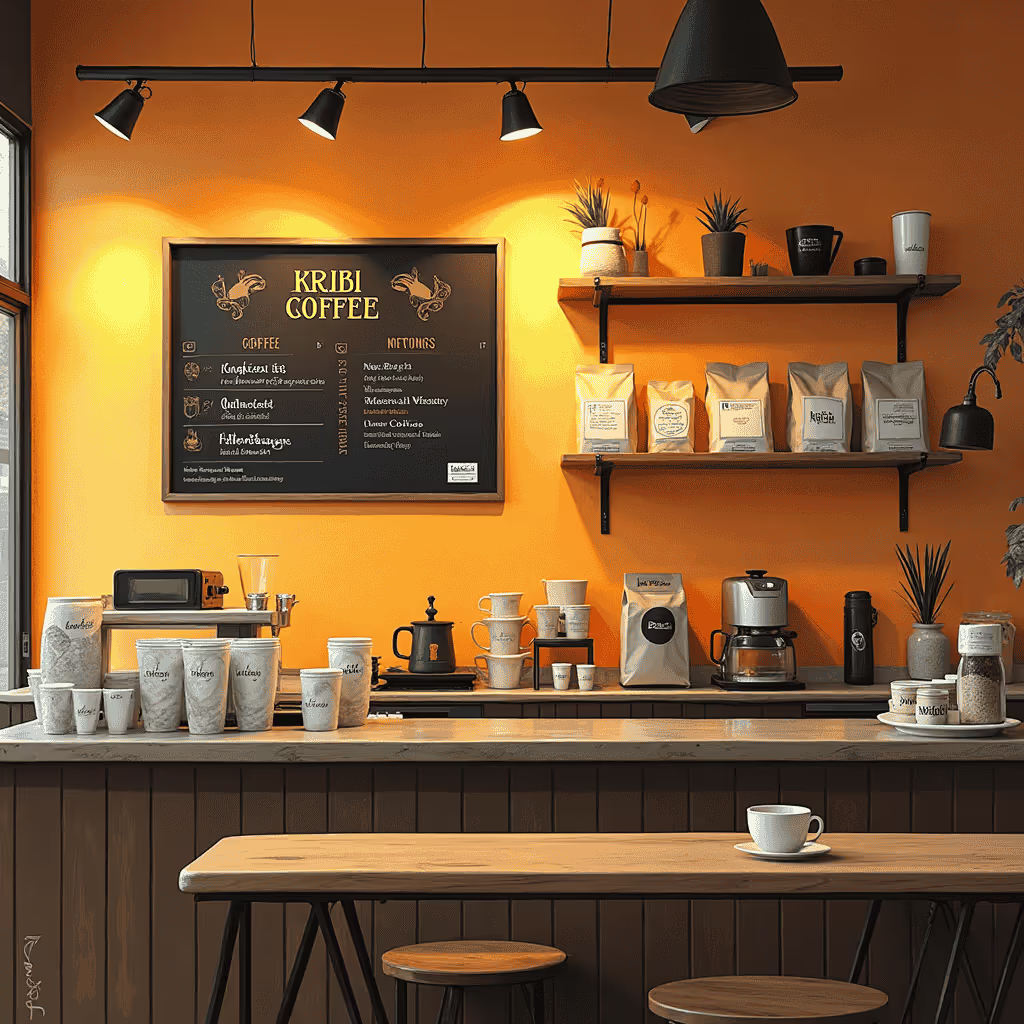
.avif)
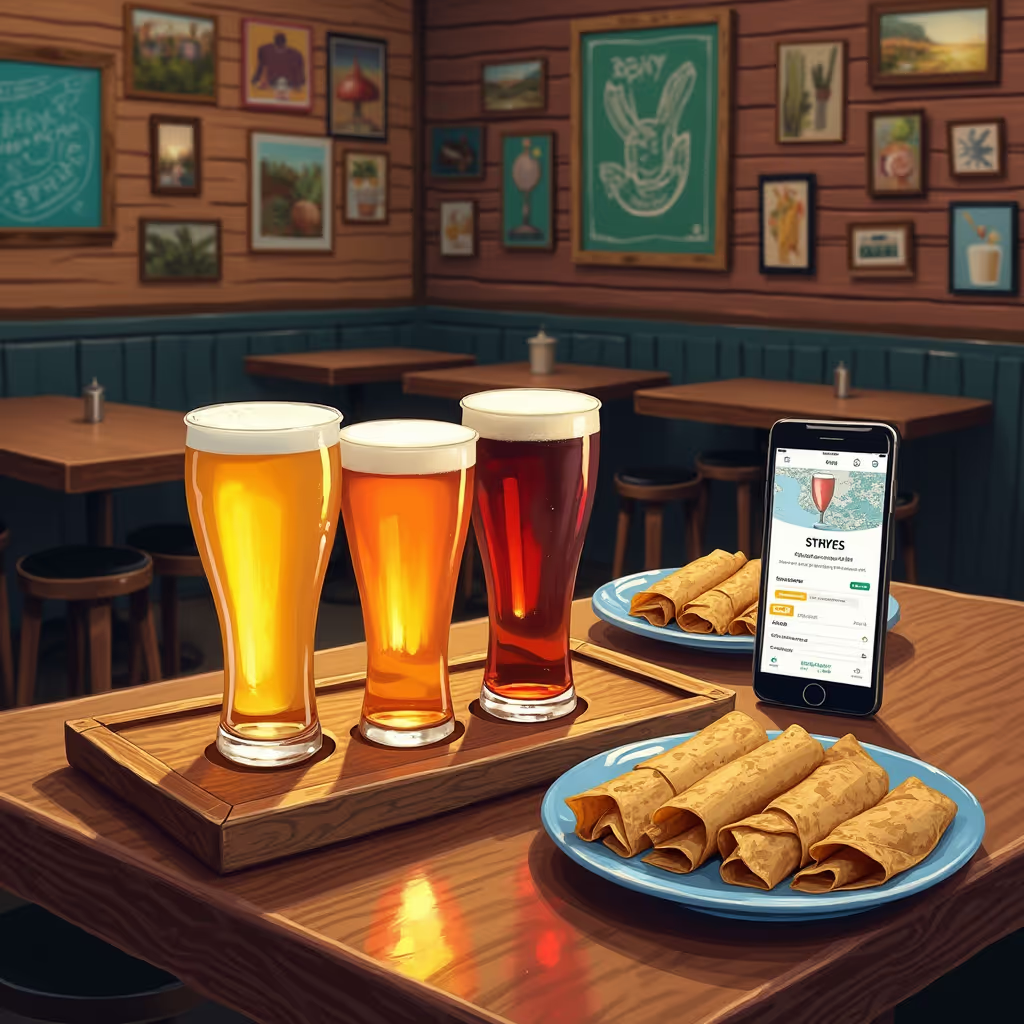
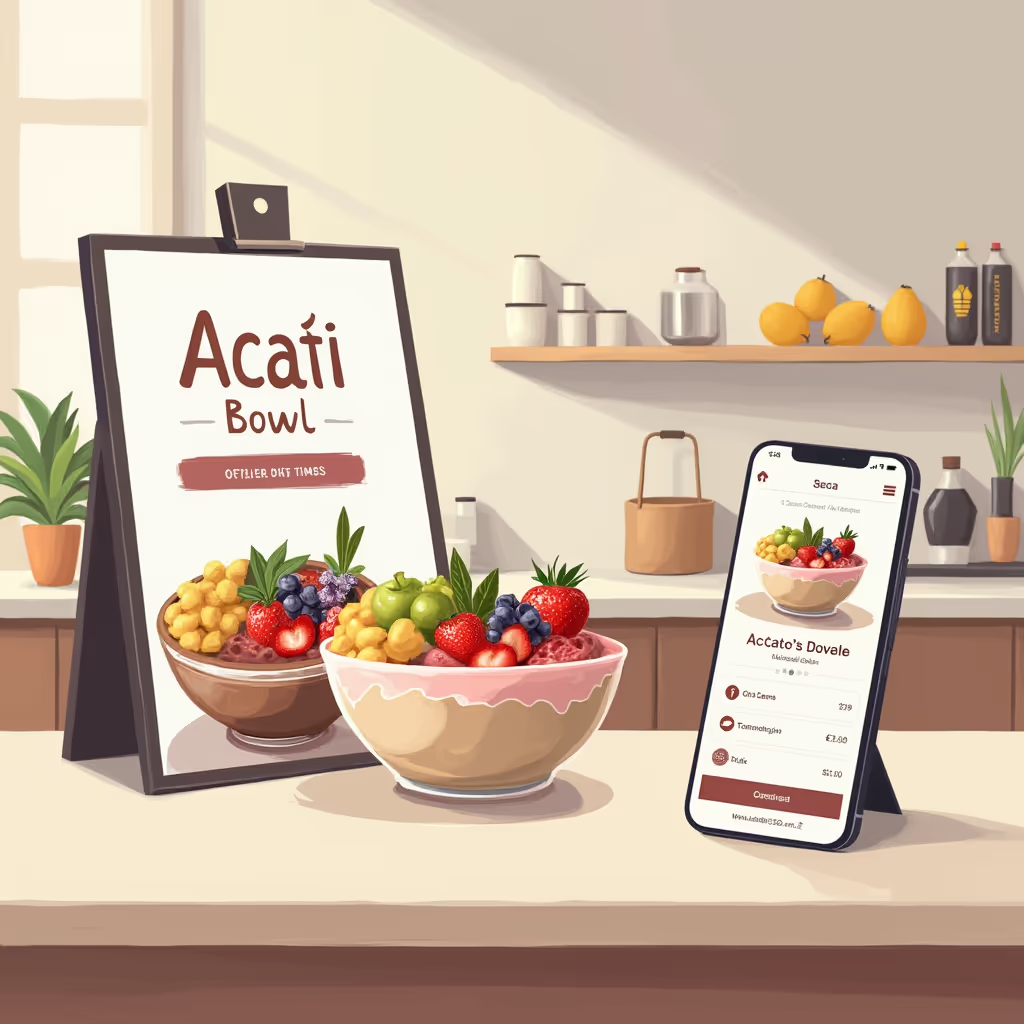

.avif)
.avif)

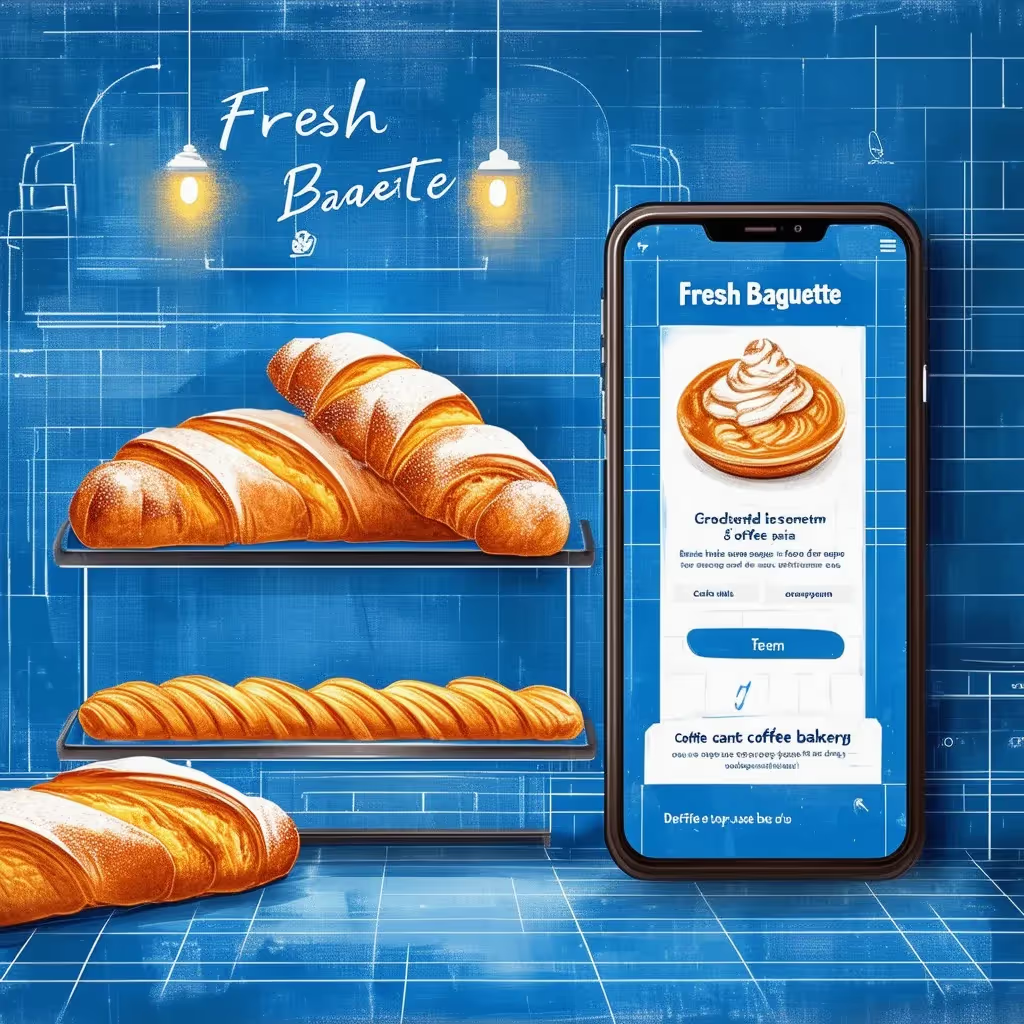
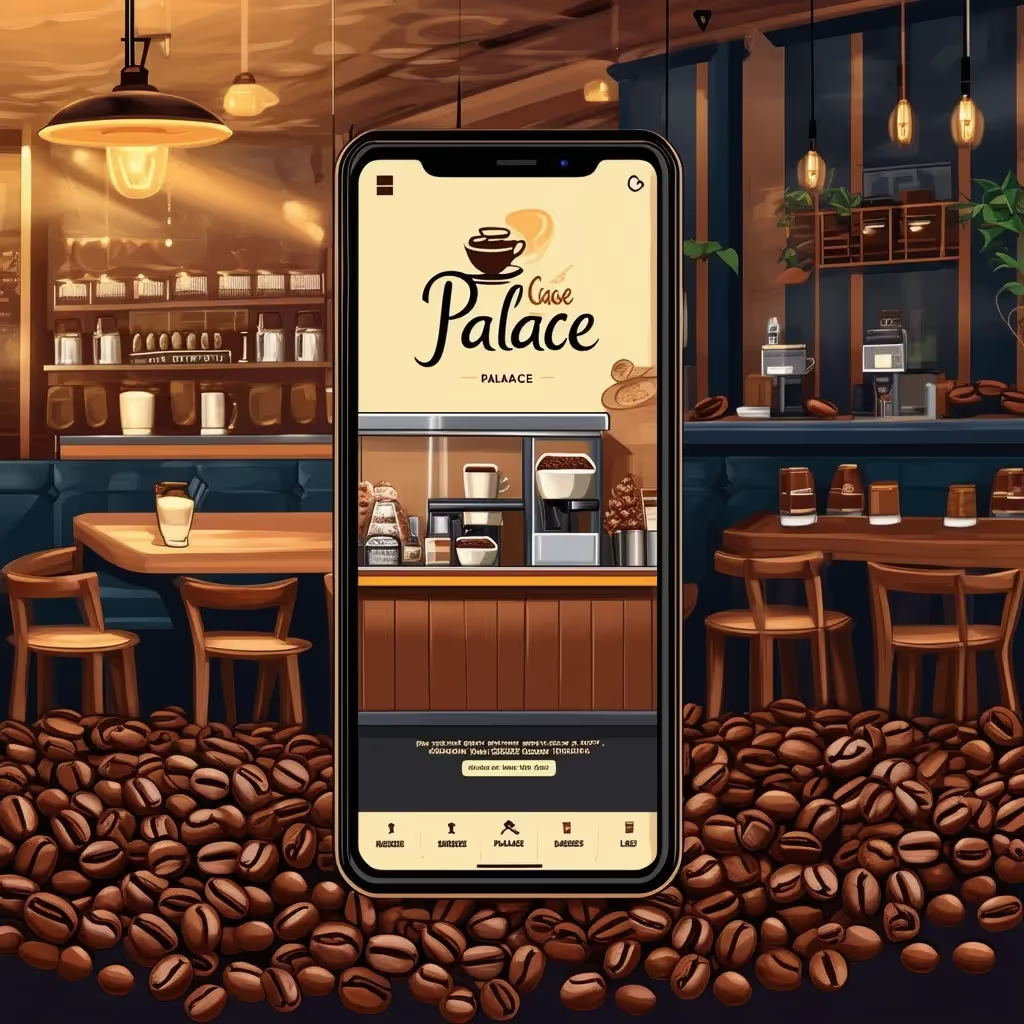

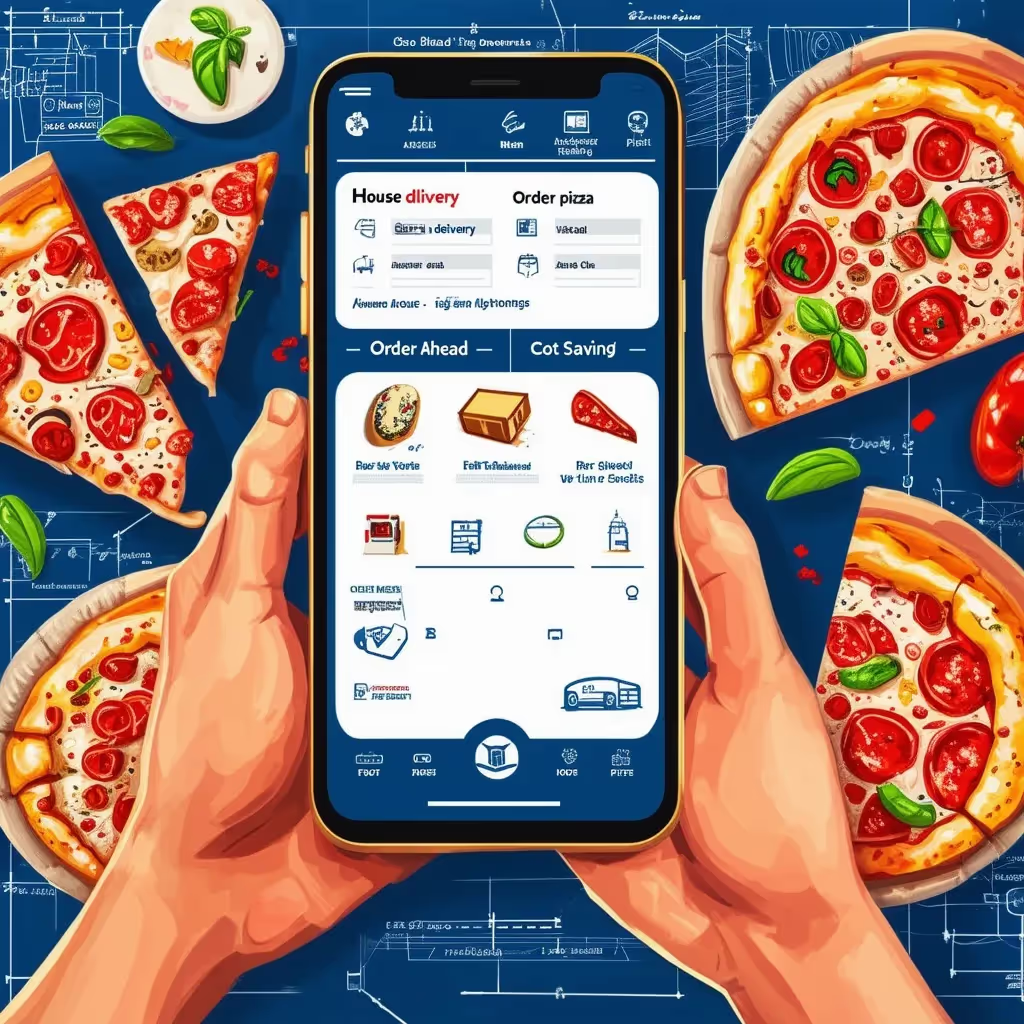




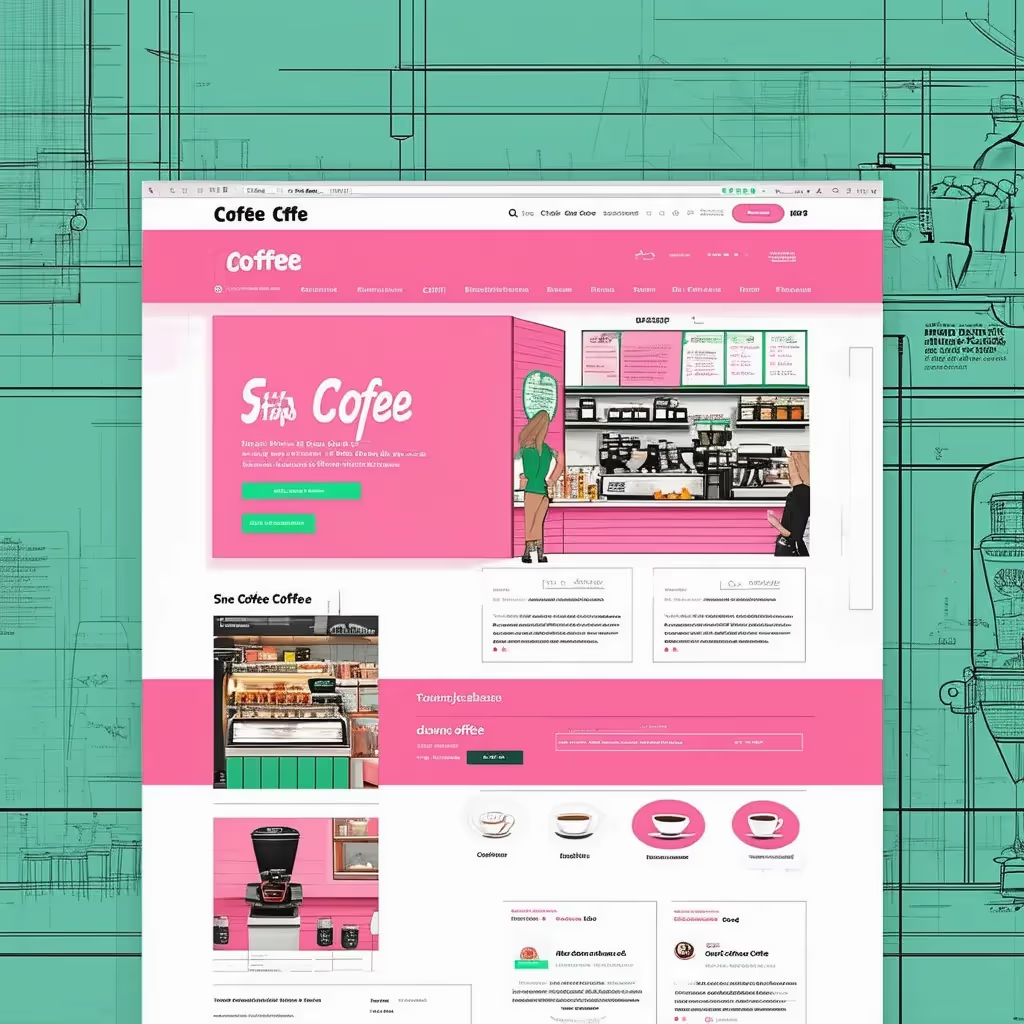
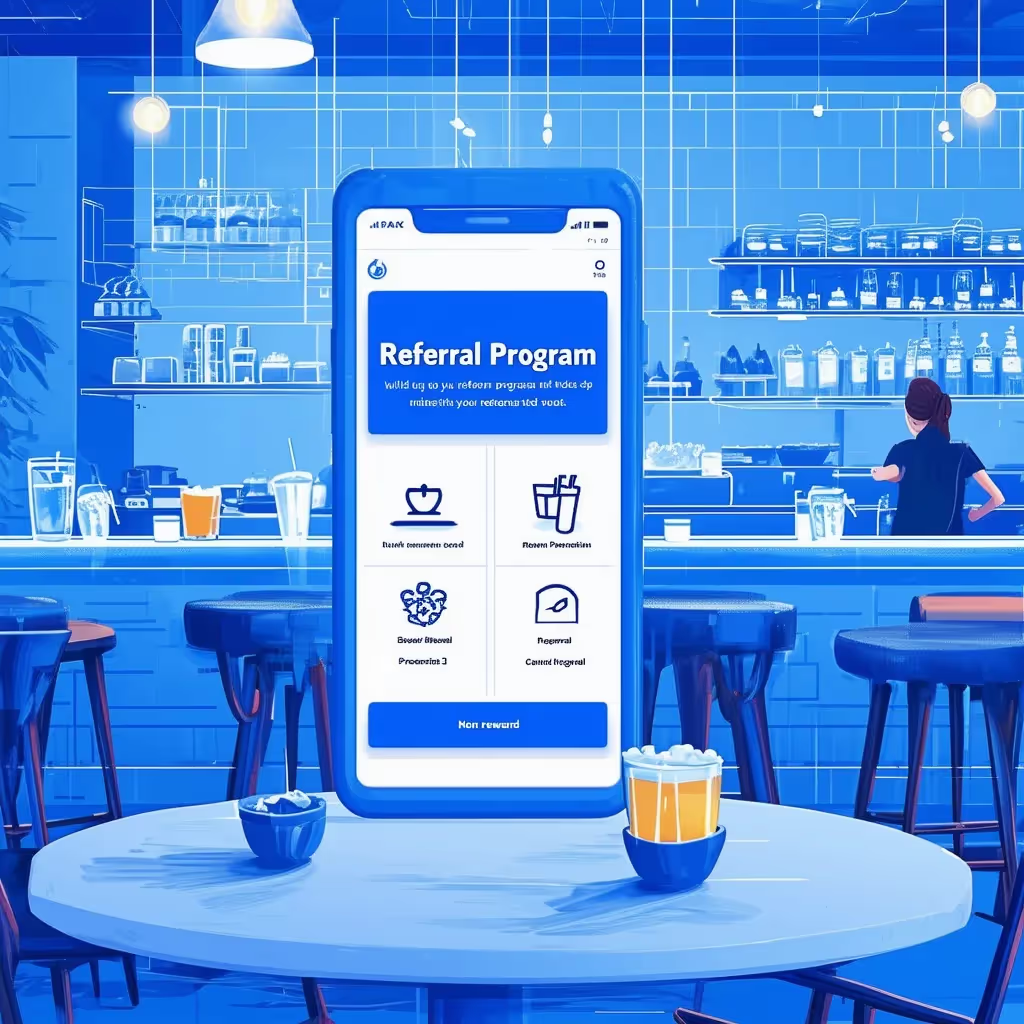





.avif)




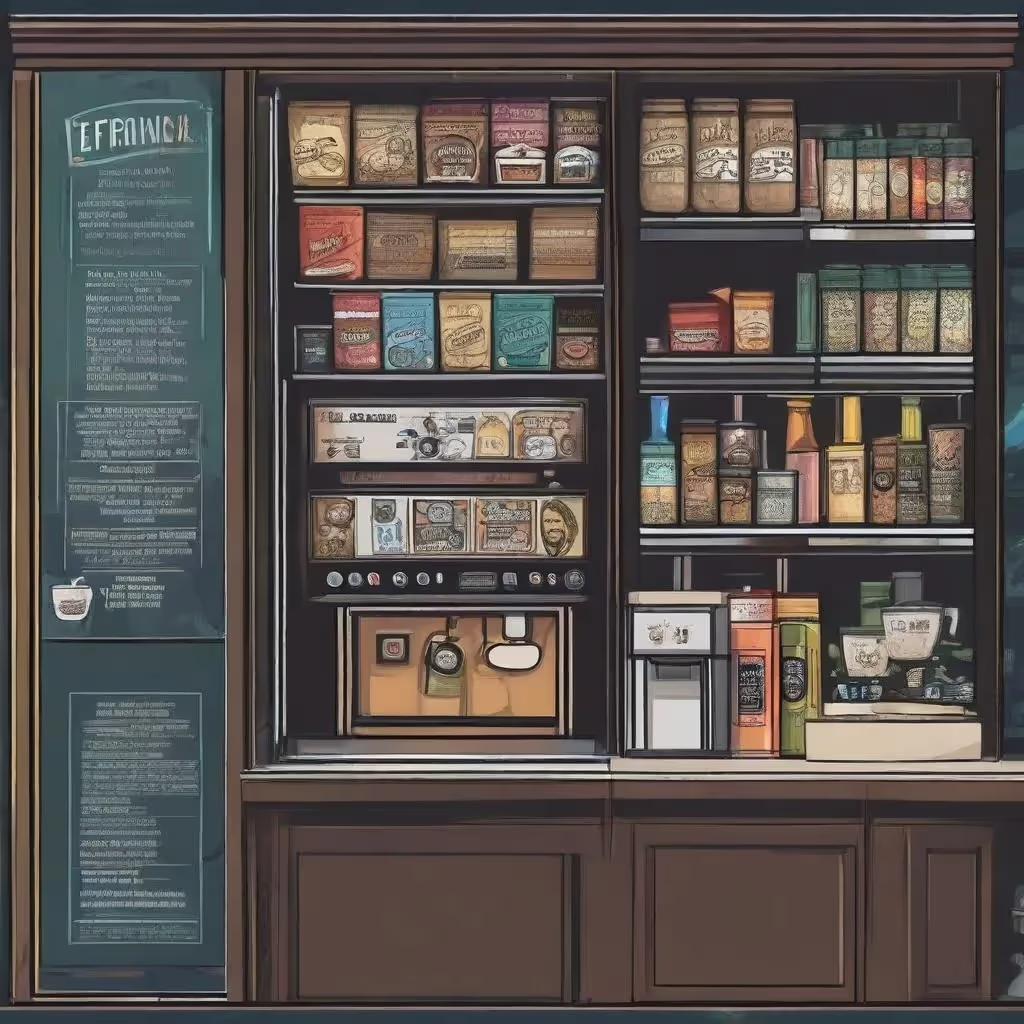



.avif)










